Here are some projects I work / have worked on (non-exhaustive list):
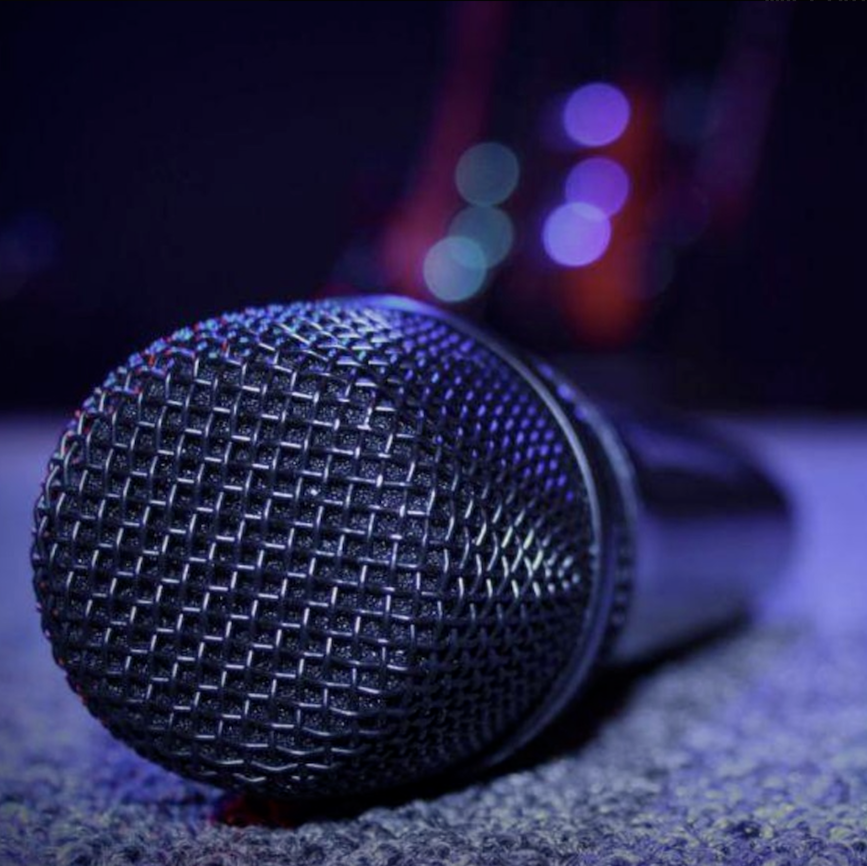
MICCDROP
I am the PI of the MICCDroP: Mixed Initiative Co-Creative Design for Long-Term Human-AI Musical Partnerships project, which explores AI methods for lifelong learning and agent personalization within music generation, using reinforcement and curiosity-driven learning. The impact of these long-term adaptations will then be critically evaluated during artistic collaborations, through the lenses of ethnographic studies and computational creativity theory.
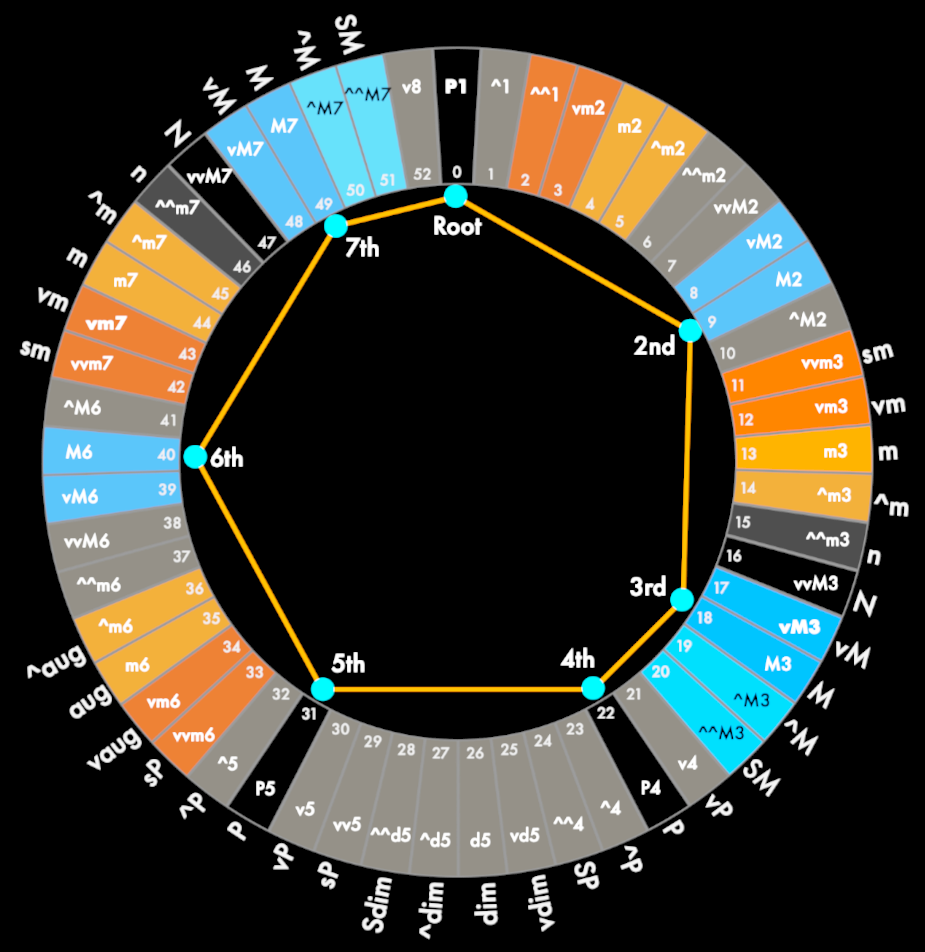
ANIMA
Led by David Dalmazzo, ANIMA aims to develop a theoretical and practical computational framework for microtonal music co-creation, focusing on 53-TET tuning. It combines computational modeling with music theory and computational musicology, to design new harmonic models, and build interactive visualisation tools for real-time experimentation.
Selected work:
Dalmazzo, Déguernel, & Sturm (2025). A Computer Application to Explore 53-TET Harmonies Through Modal Interchange. NIME.
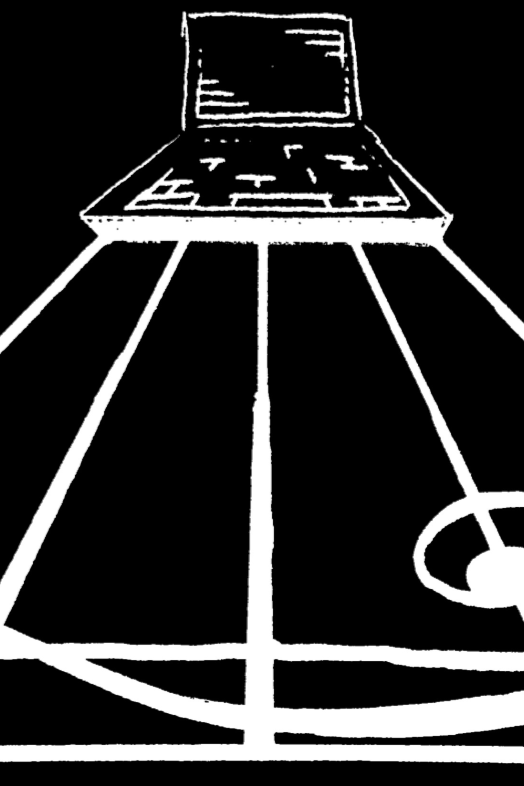
MUSAIC
MUSAiC is a critical and interdisciplinary ERC project, led by Bob Sturm, that examines the impact of AI on music practices, by developing holistic methods to evaluate, improve, and ethically guide AI applications in music. It addresses pressing questions about the utility, economics, ethics, and creative implications of AI in art, exploring how AI shapes the value and use of music as AI-generated content moves from fringe to mainstream, often under-examined by critical discourse.
Selected works:
Sturm et al. (2024). AI Music Studies: Preparing for the Coming Flood. AIMC.
Déguernel, & Sturm (2023). Bias in Favour or Against Computational Creativity: A Survey and Reflection on the Importance of Socio-cultural Context in its Evaluation. ICCC.
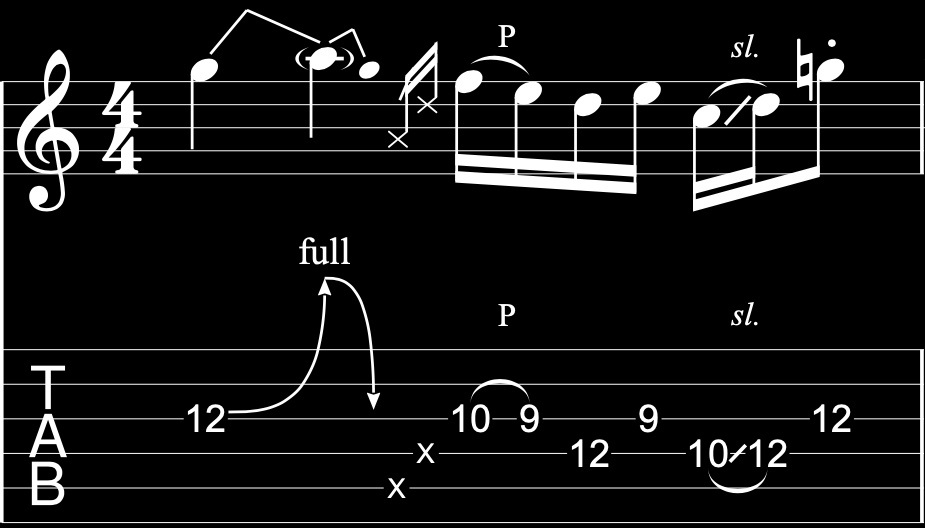
TABASCO
Led by Louis Bigo, TABASCO aims at elaborating computational tools to assist the composition and analysis of Western Popular Music for guitar by focusing on the tablature as medium. I was involved in this project in the scope of the supervision of Alexandre D’Hooge‘s Ph.D. thesis.
Selected work:
D’Hooge, Bigo, & Déguernel (2023). Modeling Bends in Popular Music Guitar Tablatures. ISMIR.
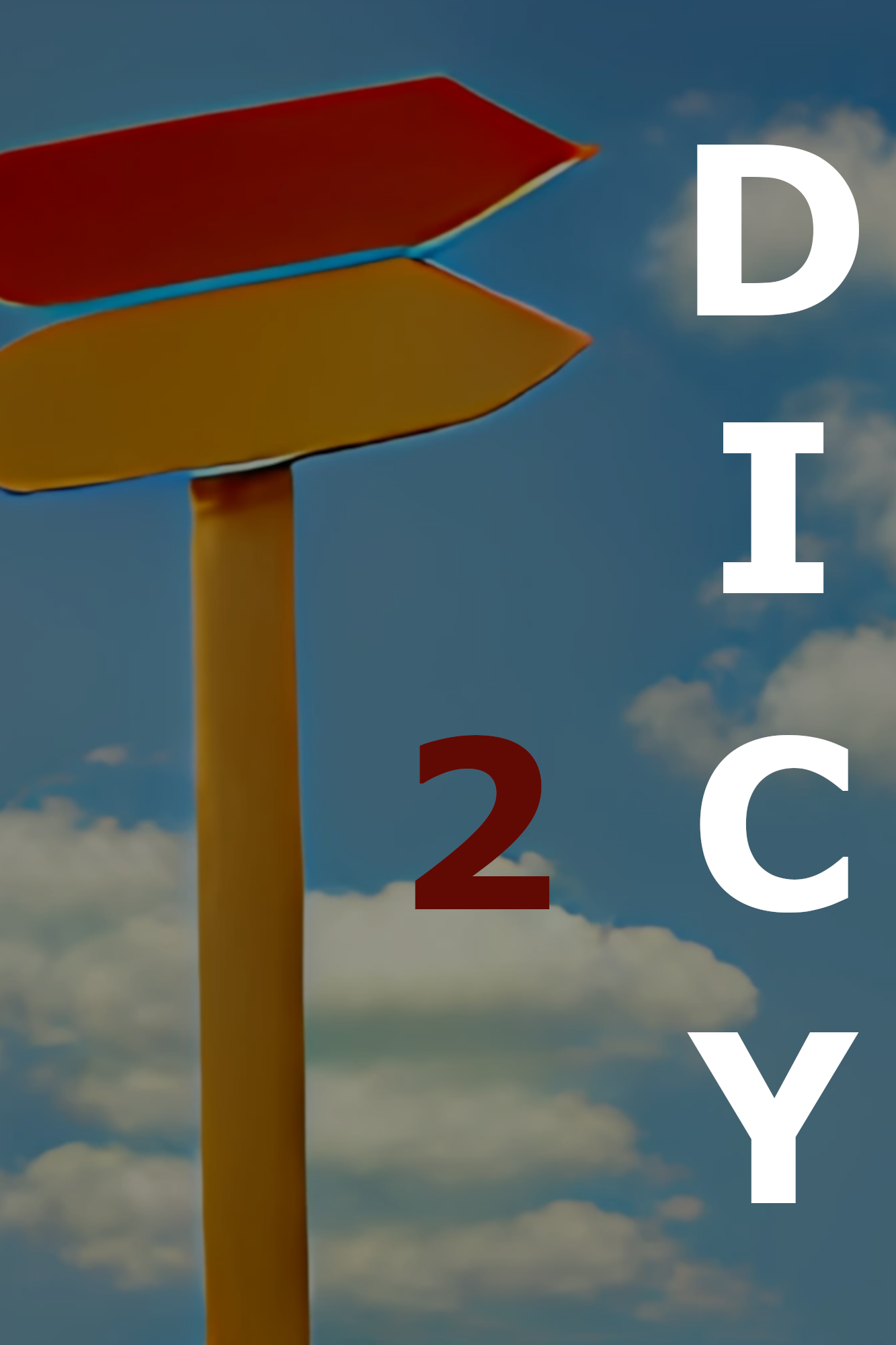
DYCI2
My Ph.D. thesis took place in the scope of the DYCI2: Creative Dynamics for Improvised Interaction ANR project. It developed autonomous digital musical agents capable of listening, learning, and interacting creatively with human musicians in real time. By modeling human improvisation and enabling dynamic, stylistic exchanges between humans and AI, DYCI2 fosters new forms of collaborative and interactive music-making.
Selected works:
Nika et al. (2017). DYCI2 agents: merging the “free”, “reactive” and “scenario-based” music generation paradigms. ICMC.
Déguernel, Vincent, & Assayag (2018). Probabilistic factor oracles for multidimensional machine improvisation. Computer Music Journal, 42:2.
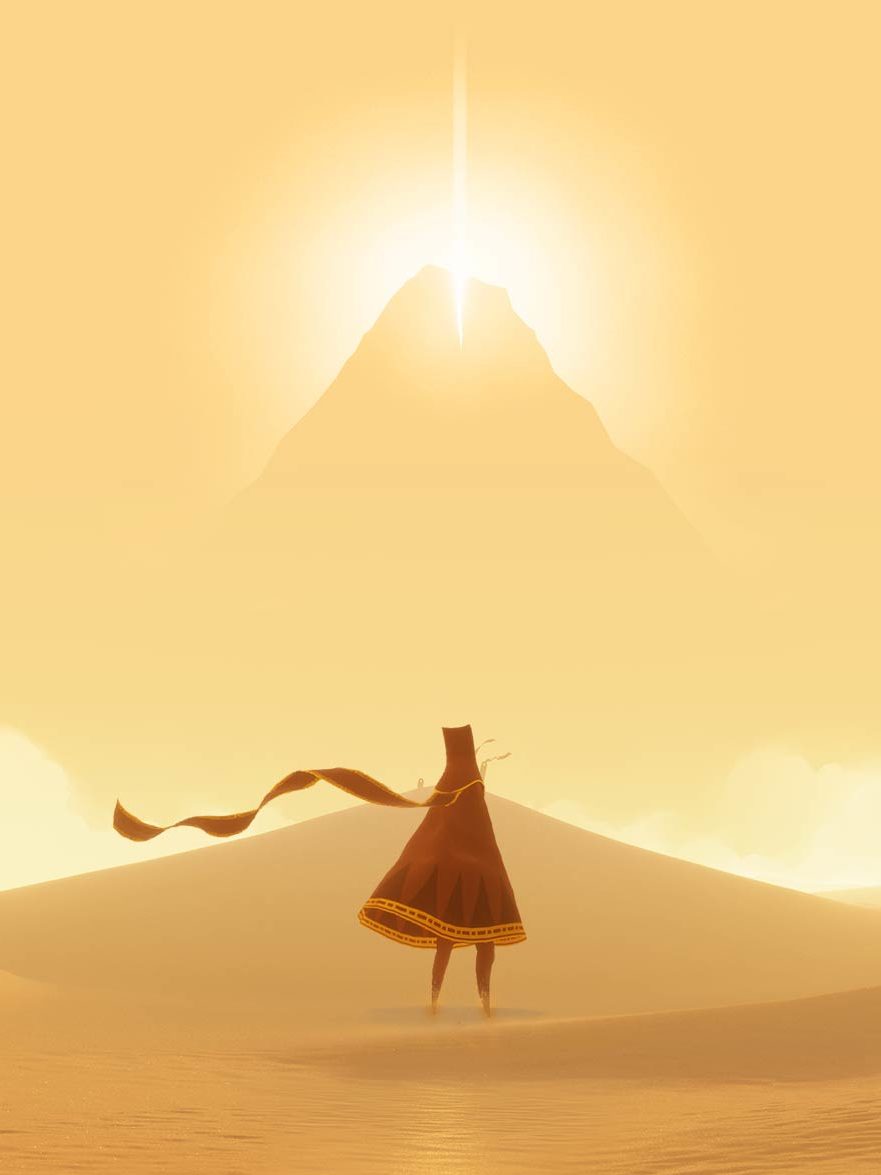
WANDERFUL
Wanderful Music explores how music stimulates imagination and visual imagery, focusing on its cognitive effects rather than emotional responses. Using both qualitative interviews with composers and quantitative experiments measuring perceived time and distance during mind-wandering, the study aims to characterize how music influences imagination.
Selected work:
Herff et al. (2021). Music influences vividness and content of imagined journeys in a directed visual imagery task. Scientific Reports, 11:15990.
